Inside the underwater arms race to build the best submarines
The US, Russia and China are locked in a submarine arms race, using the melting seas around Norway as a proving ground.

Off the coast of southern Norway, an immense crane lowers a white submersible into the listless sea. Inside the vessel, cramped against the sides, the passengers watch nervously as water drips off the walls, the condensation produced by their own breathing.
The United States, Russia and China are engaged in an underwater arms race to develop the quietest and most powerful submarines.
The changing climate in the Arctic has made the seas around Norway one of the front lines of this cat-and-mouse game, where small tweaks in design, such as soundproofing of rubber tiling, or slight adjustments in tactics, such as hiding between bands of salinity, can make all the difference.
“The melting has brought a lot of new opportunities to shipping, transit and national resources,” said Rear-Admiral Bret Grabbe, the US commander of NATO submarines. “This is all international water. We are here as part of NATO to help secure that safety of transit, just like we do anywhere else around the world.”
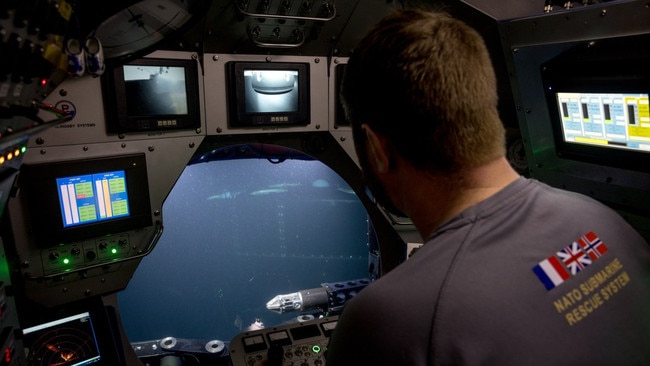
Russia has 64 submarines and China has 60, according to the Nuclear Threat Initiative, although Grabbe insists those figures do not worry him, given NATO’s “formidable” fleet of almost 100.
“This does not keep me up at night. I think it’s natural for every nation to do better than they have done before,” he said.
However, as the world pushes the boundaries of submarine warfare, the risk of accidents increases.
In 2000, a group of 118 Russian submariners died in the Arctic when President Putin rebuffed international offers to mount a rescue mission after the accidental explosion of a torpedo. After the Kursk submarine disaster, the Kremlin took cautious steps to improve co-operation under the sea, resulting in regular international exercises to practise rescue missions.
Today, Russia remains a member of the International Submarine Escape and Rescue Liaison Office (Ismerlo), a 41-country organisation set up after the Kursk tragedy to co-ordinate rescue missions for stranded submariners.
In theory, it means that NATO countries would be obliged to rescue a Russian submarine if the Kremlin requested help, despite the geopolitical tensions.
Among the vessels entitled to assistance would be the K-329 Belgorod, the world’s largest operational submarine, armed with six nuclear-tipped torpedoes that are designed to unleash radioactive tsunamis capable of submerging London or New York.
“Russia is part of Ismerlo. We share a lot of lessons. We have worked together in the past,” Grabbe said. When asked whether NATO would be willing to provide assistance to a Russian submarine in distress, he replied: “Willing is not a decision for me. That is our political leaders in charge of the willing. Capable [of helping a Russian submarine], yes.”
In reality it seems unlikely that in an emergency Putin would accept an offer of help because of the risk of exposing highly sensitive Russian submarine technology to prying western eyes.
There was no Russian presence this year in Norway at Exercise Dynamic Monarch, a triennial exercise to practise rescuing submarine crews. With the ragged Norwegian shoreline in view, a submarine-hunting P-8 Poseidon flew out low over the North Sea.
About 70m below the surface, a lurking Swedish submarine, HSwMS Uppland, pretended to be in distress. Its saviour was to be a white submersible nicknamed Nemo, in honour of the animated clownfish.
As Nemo was lifted off a Norwegian support ship and sent down to the ailing submarine, the submersible was revealed to have something of a promiscuous past.
“It mated with a Russian submarine off Poland in 2014,” said Commander Andy Sharp, the head of NATO Submarine Rescue System. “If I was on a submarine I wouldn’t care what flag rescued me. I’d just want to be rescued. I think that’s true for any submariner.”
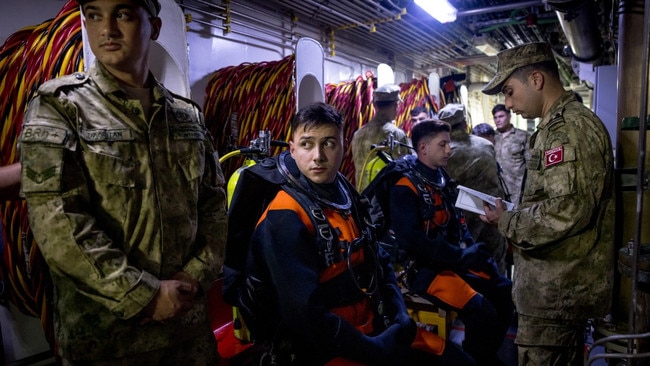
With space for 15 passengers, Nemo, which is jointly owned by Britain, France and Norway, would have to do multiple trips in a real emergency to empty an entire submarine, docking on the top of the vessel to allow the submariners to escape through its hatch.
Once safely aboard the submersible, they would be transported up to the surface and transferred to decompression tanks on its support ship.
There they would spend up to 72 hours in hyperbaric chambers: claustrophobic cylinders where the air pressure is slowly lowered. Submariners involved in accidents are at risk from “the bends”, a pressure sickness that results from gas bubbles forming in bodily tissue.
Submarine accidents – at least the ones that are made public – are fairly common. In 2005, the USS San Francisco, a US nuclear attack submarine, crashed into an underwater mountain in the Pacific. In 2009, HMS Vanguard, a British nuclear-armed submarine, and Le Triomphant, a French nuclear-armed submarine, collided in the north Atlantic.
“These bombers are so quiet, they are so good at being stealthy and they are meant to go find the quietest bit of water, away from shipping lanes. Is it a surprise they bump into each other?” Sharp asked.
“The riskiest moment is when you come to the surface, come to periscope depth, you hit something you don’t know is there.”
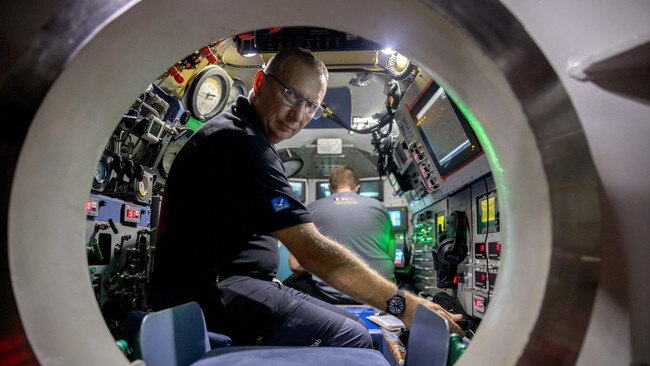
Fatal military disasters include the disappearance of an Argentinian submarine in 2017 with 44 crew numbers on board and the implosion of an Indonesian submarine in 2021 that killed 53.
In Norway, the challenge of navigating the seas is particularly acute given the undulating underwater landscape, which matches the mountainous fjords above.
But submarine patrols here are of particular importance to European security, given that 30 per cent of Europe and the UK’s gas supply is connected by underwater pipelines on the sea floor of the North Sea. “If something happens to these pipelines it would be a disaster for Europe,” said Captain Espen Rasmussen, a senior commander in the Norwegian navy.
Like other Arctic nations, Norway is purchasing submarines, four in its case. Given the sophistication of modern satellites, which allow rival militaries to spy on each other with relative ease, it is little surprise that they are investing in the cloaking power of the deep sea. “Under the water is still a good place to hide,” Rasmussen said.
The Times

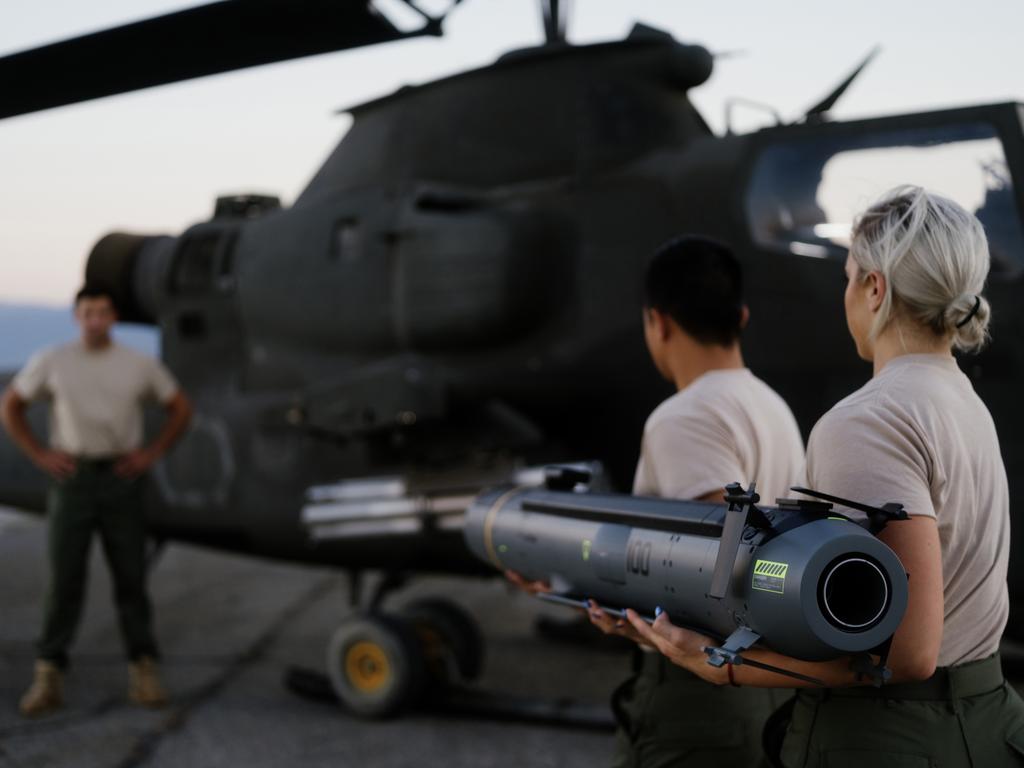


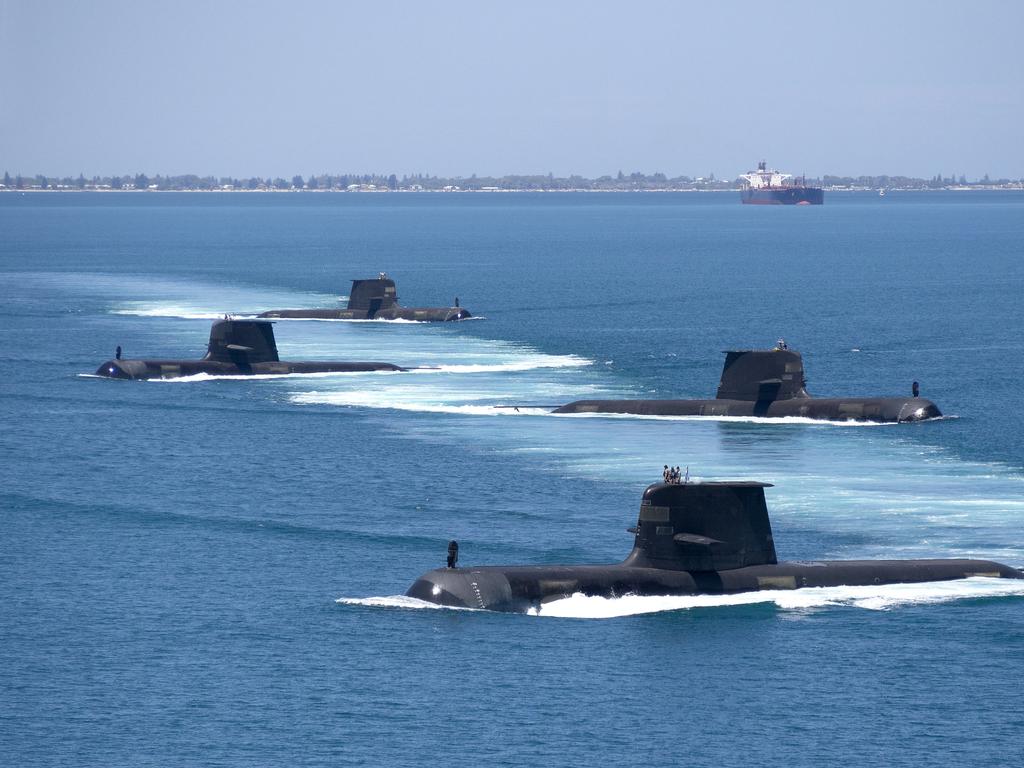


To join the conversation, please log in. Don't have an account? Register
Join the conversation, you are commenting as Logout